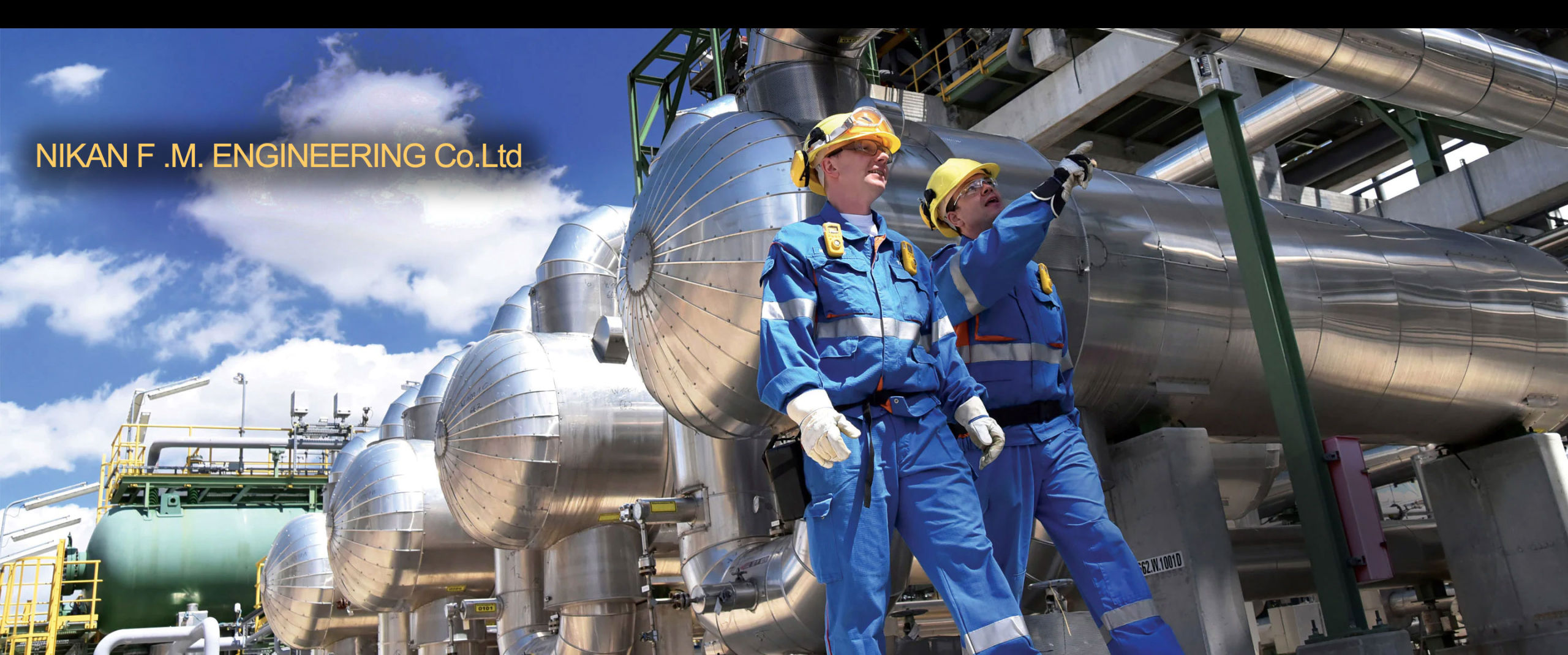

Introduction NIKAN F .M. ENGINEERING Co.Ltd
NIKAN, using technical software and hardware facilities, works in the fields of designing and fabricating fuel tanks, and fire extinguishing and fuel carrying systems. It also designs, installs, implements, and provides support for water and waste water treatment systems.
NIKAN also designs and fabricates desalination systems, makes and installs industrial equipment in the form of EPC, and participates in industrial projects as management consultant (MC).
NIKAN constantly strives to satisfy its clients and ensure that its products are of the highest quality. With our attention to detail we have been able to successfully accomplish a wide variety of technically difficult MC and EPC projects.
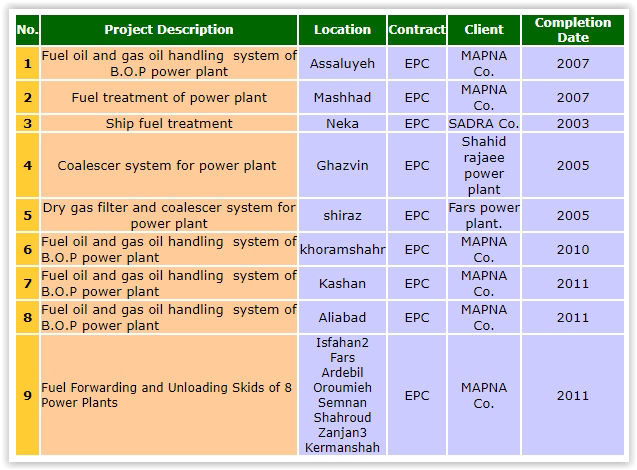
Accumulator:
Standard bladder type hydraulic accumulators range from 1 liter to 500 liter with maximum working pressure of 420 bar manufactured in accordance with PED97-23-EC. Specials are also available for higher pressure, corrosive environments and aggressive fluids.
Standard piston type accumulators range in capacity from 0.5 liter to 80 liter with maximum working pressure of 250, 350 and 415 bar manufactured in accordance with PED97-23-EC.
Special have also be manufacture for pressure up to and above 1000 bar, and options are available in stainless steel.
Air blast oil coolers that offer heat dissipation performance from 1-100 kw. Units are available for return line flow application up to 500 lpm. Cooler can be supplied with integral off line recirculating pumps. Fans drives are available in 220/1/50, 413/3/50 12 DC and 24 DC electrical supply and options are also available with hydraulic fan motors.
Stainless steel plate type water oil heat exchangers are designed to provide compact highly efficient cooler. The brazed plate construction allows for a max oil working pressure of 20 bar and the unique design ensure high levels of heat transfer between the oil and water with relatively low water consumption, standard units range in size from 0-200 kw heat dissipation.
The provide the total package offer an extensive range of accessories including portable and permanent nitrogen charging equipment, service tool kits, mounting brackets and clamps to suit all UK and European standard bladder accumulators.
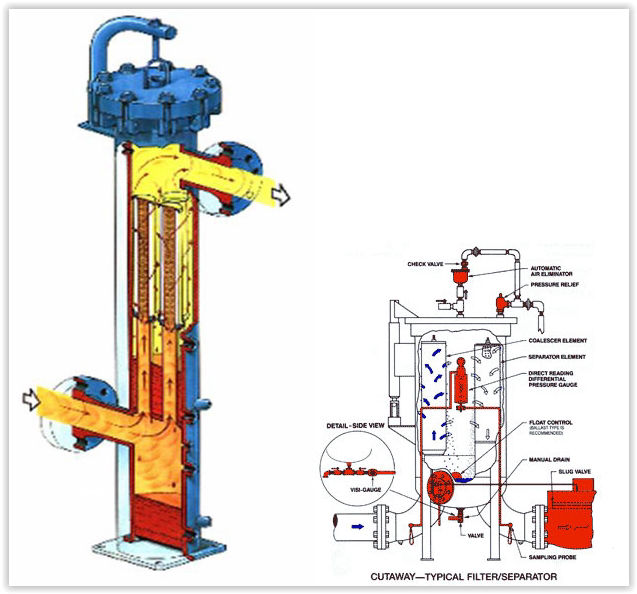
The application of this filter separator is the removal of solid impurities and Precipitiational
Of condensate, also in mis form,out of air and gas streams. The pressure vessel is equipped with coalescer elements. The elements consits of various layers of packed glass fiber. fine and finest droplets are carried by the gas stream into this layers. These droplets encounter fibers.
stick down to them and run down. On the way downwards they meet other droplets and agglomerate to larger droplets which are flowing down inside the fiber glass layers also. To achieve the high separation efficiency the gas muts flow from the inside to the outside of the coalescer elements. If no solid particles are present in the gas stream the replacement of the elments is not required.
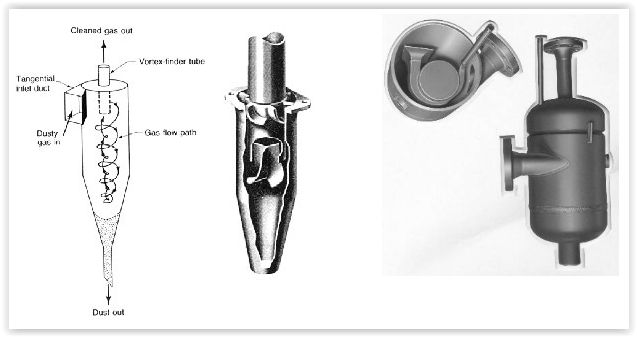
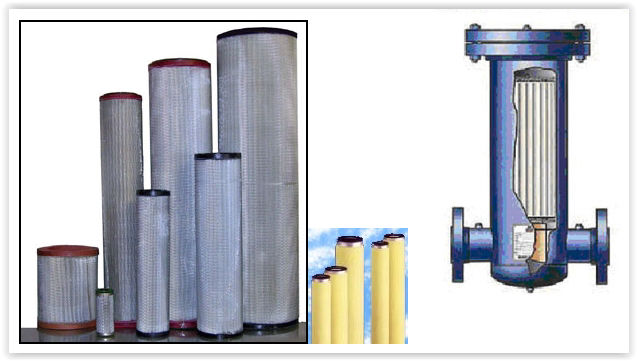
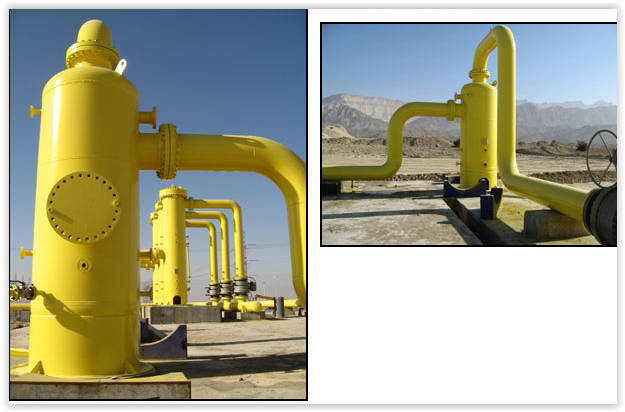
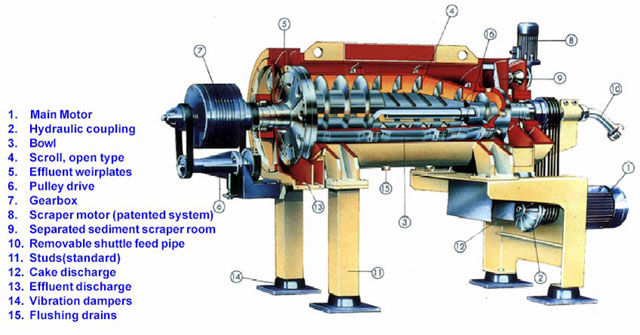
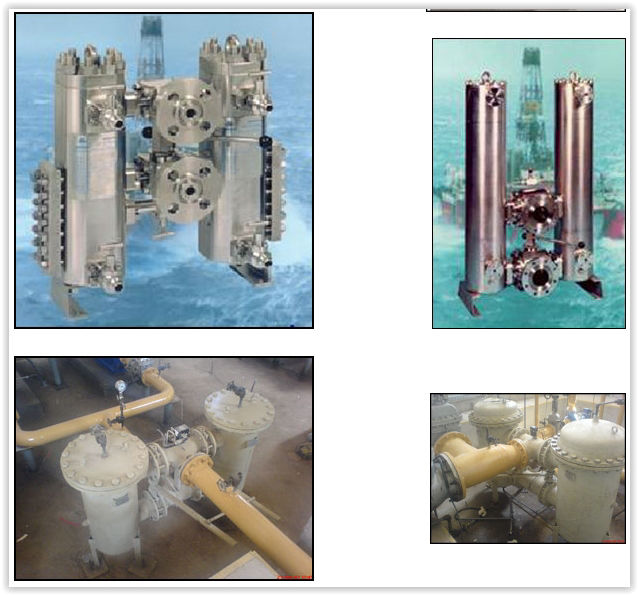
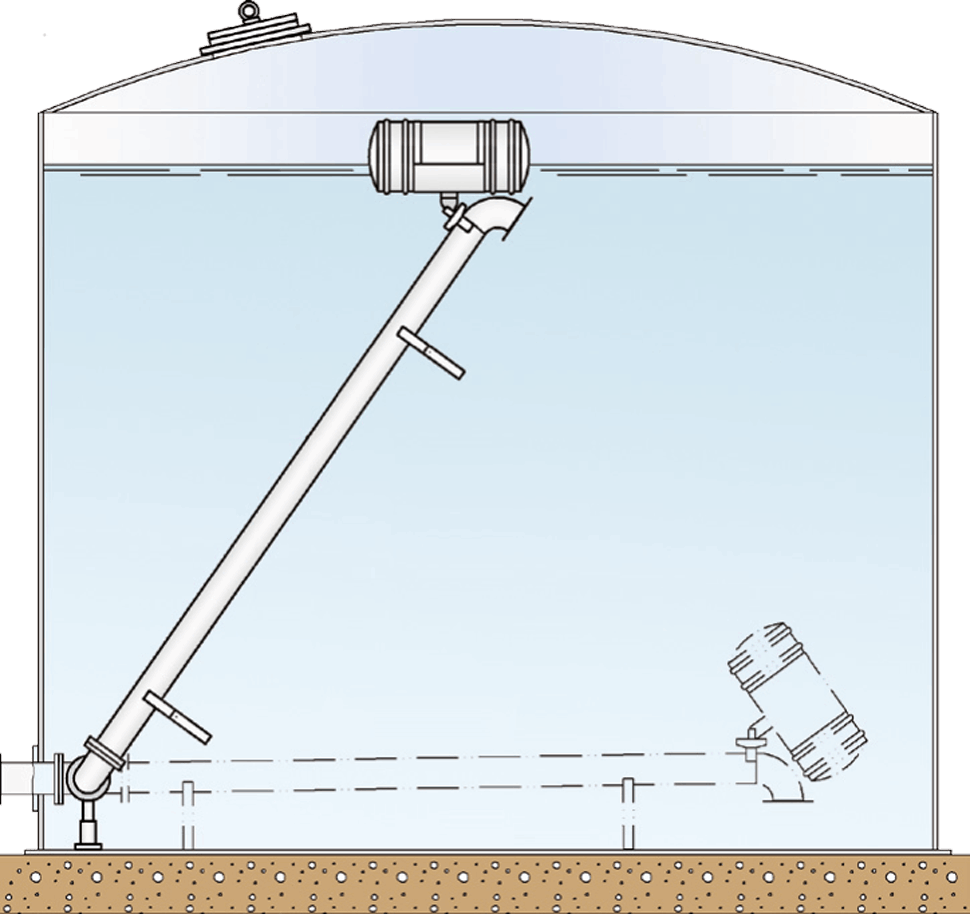
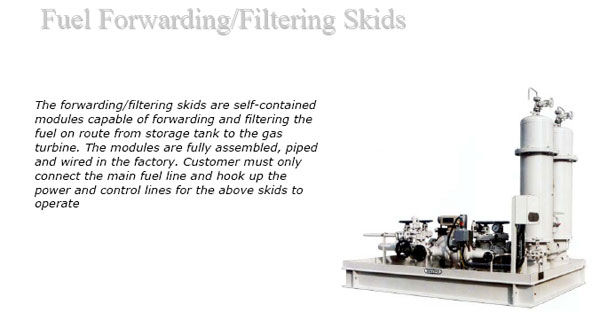
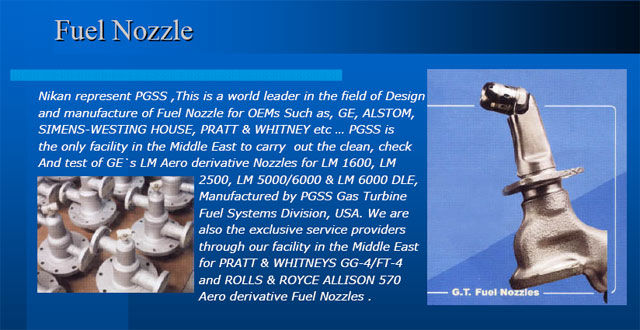
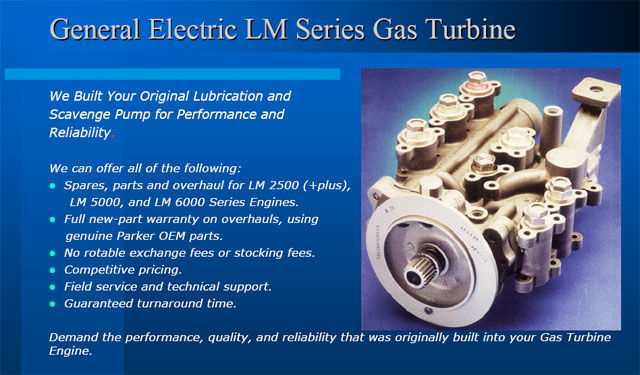
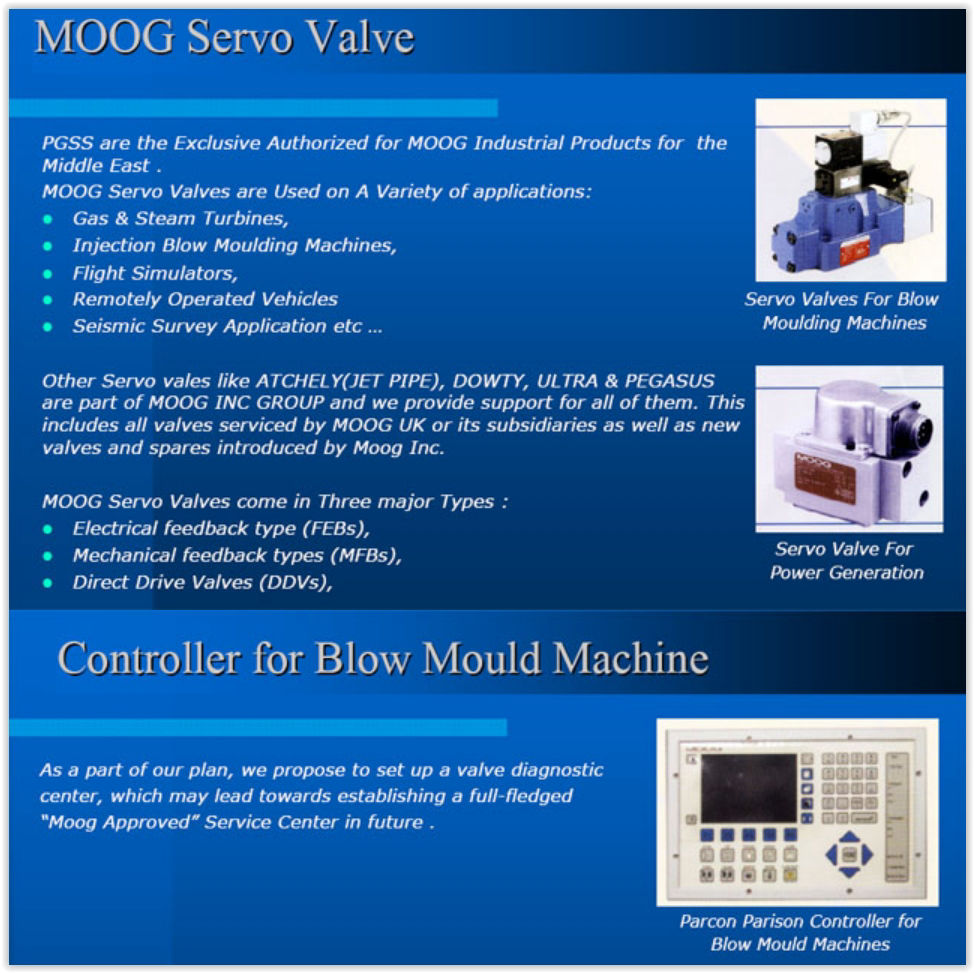
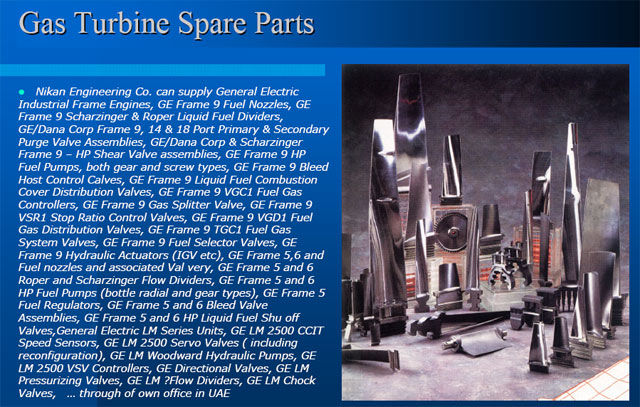
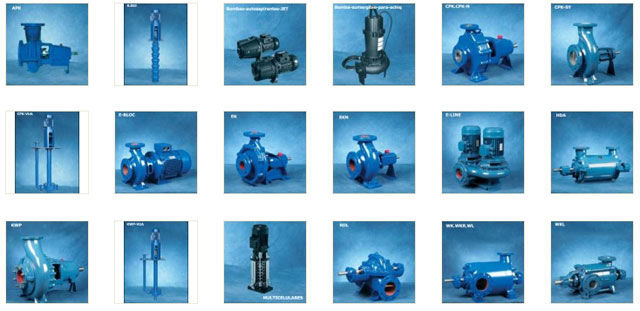
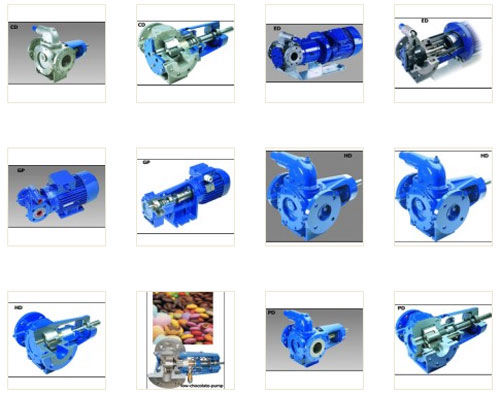
Every community produces both liquid and solid wastes and air emissions. The liquid waste-wastewater- is essentially the water supply of the community after it has been used in a variety of applications. From the standpoint of sources of generation, wastewater may be defined as a combination of the liquid or water-carried wastes removed from residences, institutions, and commercial and industrial establishments, together with such groundwater, and surface water as may be present.
When untreated wastewater accumulates, the decomposition of the organic matter it contains will lead to nuisance conditions including the production of malodorous gases. In addition, untreated wastewater contains numerous pathogenic microorganisms that dwell in the human intestinal tract. Wastewater also contains nutrients, which can stimulate the growth of aquatic plants, and may contain toxic compounds or compounds that potentially may be mutagenic or carcinogenic. For these reasons, the immediate and nuisance-free removal of wastewater from its sources of generation, followed by treatment, reuse, or disposal into the environment is necessary to protect public health and the environment.
Wastewater engineering is a branch of environmental engineering in which the basic principles of science and engineering are applied to solving the issues associated with the treatment and reuse of wastewater. Selection of wastewater treatment process or sequence of processes depend on a number of factors including
1- Characteristics of the wastewater, e.g., BOD, % of suspended solids, pH, presence of toxic materials;
2- Required effluent quality;
3- Cost and availability;
4- Consideration of a possible future upgrading of water quality standards.
In the following chapters, brief descriptions of treatment processes will be presented.
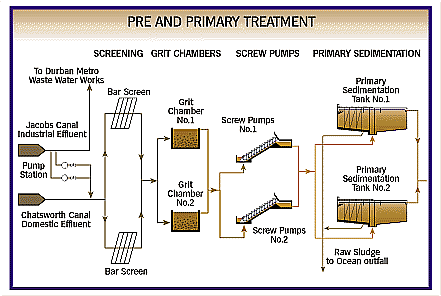

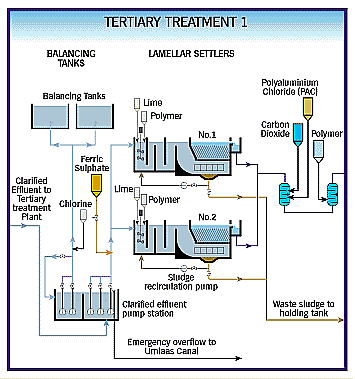
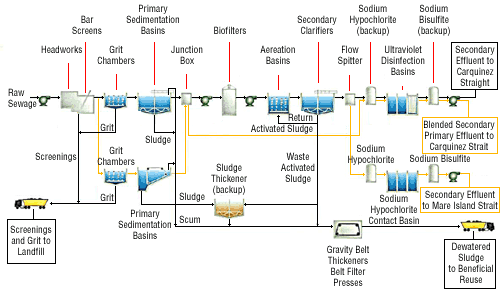
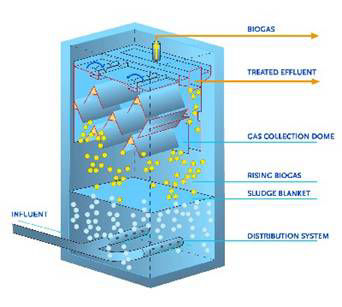
pH
The hydrogen-ion concentration which is an important quality parameter of both natural waters and wastewaters. The concentration range suitable for the existence of most biological life is quite narrow and critical (typically 6 to 9).So, wastewater with an extreme concentration of hydrogen ion is difficult to treat by biological means, and if the concentration is not altered before discharge, the wastewater effluent may alter the concentration in the natural waters. For treated effluents discharged to the environment the allowable pH range usually varies from 6.5 to 8.5.
BOD (Biological Oxygen Demand)
Quantity of oxygen required for oxidation of biodegradable organic matter present in the water sample by aerobic biochemical action.
ThOD (Theorical Oxygen Demand)
Stochiometric amount of oxygen required to oxidize completely a given compound.
COD (Chemical Oxygen Demand)
The amount of oxygen required to oxidize the organic fraction of a sample which can be oxidized chemically using dichromate in an acid solution.
TOC (Total Organic Carbon)
The total amount of organic carbon in an aqueous sample.
TS (Total Solids)
Total solid contents of wastewater varying from rags to colloidal materials.
TSS (Total Suspended Solids)
A fraction of TS in the wastewater which is settleable. A filtration step is used to separate these suspended solids and the amount of which depends on the pore size of the filter used for the test. Filters with normal pore sizes varying from 20 to 45 micrometers have been used for TSS measurement.
TDS (Total Dissolved Solids)
Those solids that is comprised of colloidal and dissolved solids and pass through the filter.
TVS (Total Volatile Solids)
Those solids that can be volatized and burned off when the TS are ignited.
VSS (Volatile Suspended Solids)
Those solids that can be volatized and burned off when the TSS are ignited.
Engineering, Procurement, Construction and Start up of Industrial and Sanitary water treatment units
Pretreatment systems such as: Clarification (Coagulation, Flocculation and Sedimentation), Design and construction of sand filters and activated carbon filters
Ion Exchange packages such as Anionic resins, Cationic resins, Mixed bed resins and degassifier
Membrane treatment systems (Ultrafiltration and Reverse Osmosis)
Distillation Desalination Systems such as Single Stage Distillation (SSD)
MED Desalination Units (Multi-Effect Desalination)
MSF Distillation Units (Multi-Stage Flash Distillation Units)
VCD Desalination Units (Vapor compression Distillation)
Microprocessor based analog addressable Fire Detection System
Conventional Fire Detection System
High Sensitive Smoke Detection Systems
CO2 Extinguishing System
Automatic Fire Hydrants, sprinklers, medium velocity and high velocity spray systems
Water fog & Water mist system
Dry Chemical Powder (DCP) Extinguishing System
Fire proof cable coating and sealing system
All types of portable & trolly mounted Fire Extinguisher
All types of safety equipment like Breathing Apparatus, Gas Masks, Fire Suits etc
Design and Execution of Oil Desalting Plants for refineries
Supplying of required water for delution of salty oil in desalting process
Wastewater treatment based on environment standard and Iran Petroleum Standard to send to evaporation pond or injection into Oil well
Design and Execution of Oxygen removing Plants from water
Design and Execution of cyclone, Filter,... for separation of water and Oil
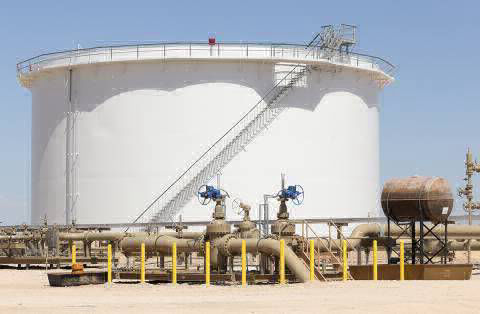
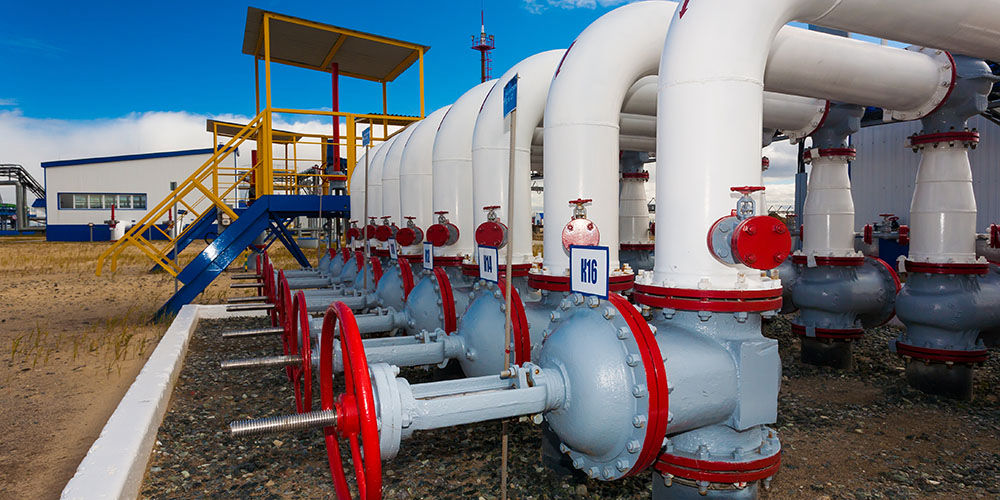
Increasing the lifespan of membranes used in operational systems is very important, and this is made possible with the good maintenance and management of the systems.
The NIKAN Company has developed an after-sales-service unit in order to help users of RO water treatment systems, to decrease their maintenance costs and expand the lifespan of RO membranes.
This new unit provides the following services to the owners of water treatment systems:
Ongoing and regular inspections of the water treatment systems by experienced experts.
Instructing and training of personnel while the system is being installed.
Chemical washing and maintenance of membranes.
Providing the necessary spare parts.
Making available reports on the condition of water treatment systems, problems, and solutions to the client.
In view of the fact that our aim is the satisfaction of both clients and contractors, NIKAN has put the after-sales-service unit into operation. After finishing a project, NIKAN, apart from providing general services, provides ongoing advice, parts, and materials. Regular inspections of operational units are also carried out to examine the machinery and provide the necessary services.
NIKAN Company, thanks to its group of experienced managers and engineers who all have valuable experience working on big industrial projects in Iran, has started implementing industrial projects in MC form.
NIKAN uses experienced and specialized technical personnel, and competent advisors and contractors, to assume responsibility for managing a wide variety of executive projects, structural projects, installing machinery, and also purchasing and transporting necessary materials. These tasks may be subcontracted to trusted companies to ensure contracts are fulfilled with the best possible quality, deadlines are met and projects remain within budget.
NIKAN F .M. ENGINEERING Co.Ltd

International Eng Spares FZE
Hamriyah Free Zone
Sharjah – United Arab Emirates
P.O BOX: 42584
License No: 1290
H-Line +971-55-744-2629
info@iespco.com
NIKAN using the state-of-the-art technology has always been a pioneer. It has been able to take big steps towards increasing its presence and market share in a variety of different industries, especially the important oil and energy industries.
Our activities include:
Water treatment systems based on Reverse Osmosis (RO), Ultrafiltration (UF), Ion Exchange Resins technologies and relevant pre-treatments.
Urban and industrial waste water treatment systems.
Tank fabrication and fuel handling systems.
Developing and installing fire fighting systems (alarm and extinguishing systems).
Deslater systems (Salty water separation from crude oil).
Consulting on, designing, manufacturing, and implementing industrial projects in an EPC form.
Our company has also built up a strong skills base over many years and now has a group of highly qualified managers and engineers to take on industrial projects as their MC.
NIKAN F .M. ENGINEERING Co.Ltd
Address: No. 7,4 Floor,no20,12 Alley ,Ahmad Ghasir(Bokharest)St.
Tehran 1514758114 - Iran
Tel: (+98-21) 88511319 - 22
Fax: (+98 21) 88505219
E-Mail: info@nikanco.com
Website : www.nikanco.com
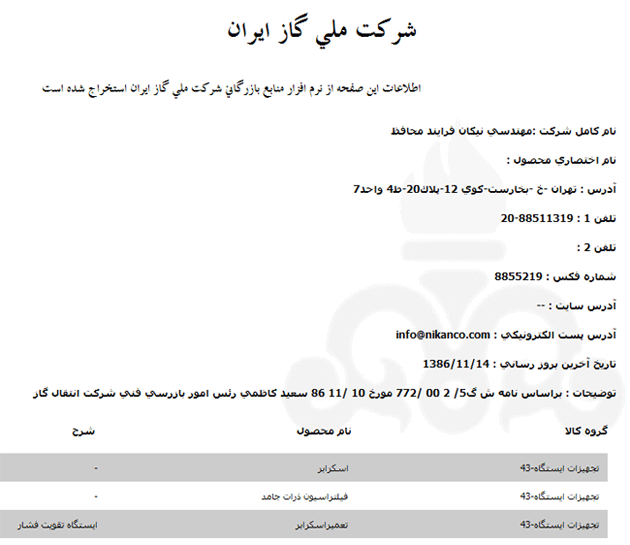
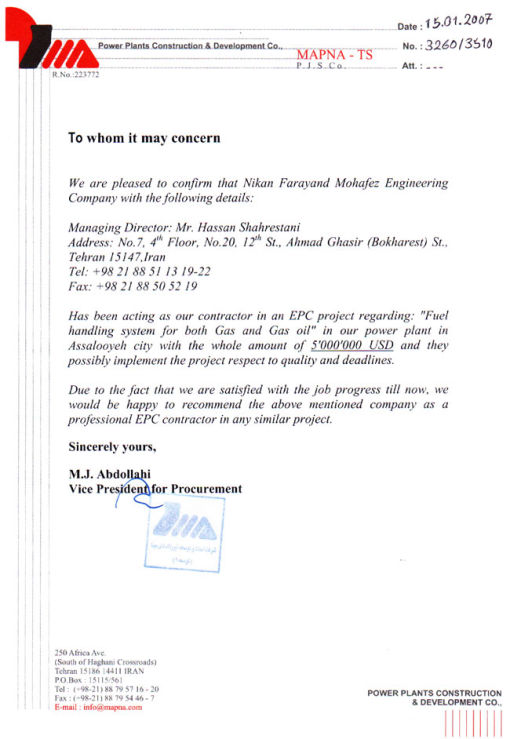
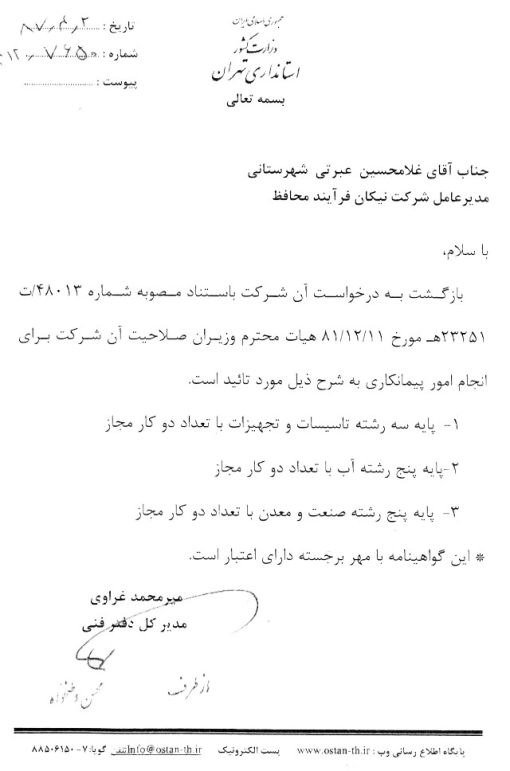
Nikan Farayand Mohafez offers technical and business career opportunities to qualified applicants looking for developing a long-term relationship with us through establishing mutual trust and contribution.
If you feel confident about your qualification in one of technical or business fields related to oil, gas and petrochemical industries, Please click here to download and fill in Nikan Farayand Mohafez standard Application Form.
Once you have completed the Application Form, please send it via email to info@nikanco.com
We will contact you to arrange an interview in case your qualification is deemed appropriate for the position.